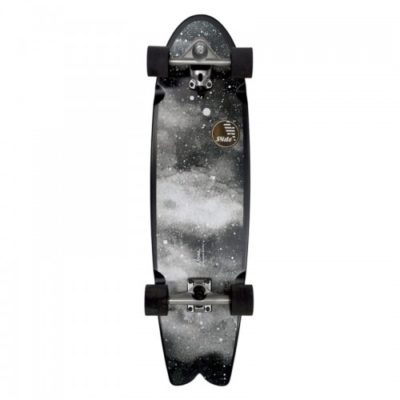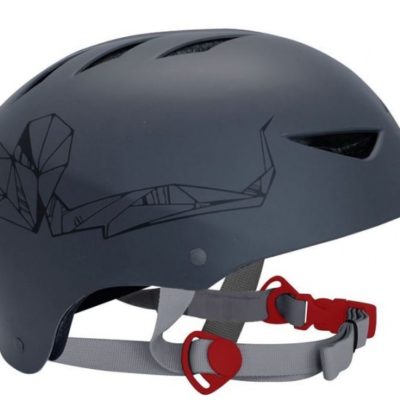Description
Complete Surfskate
- Size: 36″ x 10″ x 23″WB
- Trucks: YOW 9.0″ Standard/Silver
- Wheels: YOW URA 66x51mm 76A RAW White
- YOW System: Meraki (S5)
- Concave: Low
- Rocker: Tail Rocker
The Malibu 36” is the most versatile board from our Classic Series family. It’s long enough for you to be able to practice your cross-steps or just have a fun smooth ride, and short enough for easy transport. Its big wheelbase (23”) will allow you to ride big distances and make very wide turns. Molded in a low concave for an authentic retro feeling, it is mounted with the Meraki (S5) system and 66x51mm 78A (soft) wheels for a smoother ride in all types of terrain.



